I think we could ask some questions about separation. For instance, this willow, which seeded itself seven years ago, is doing fine high on the grassland…

… although all other willows of this species are far down on the valley floor, winding along the creek or following it out into Okanagan Lake, like ducks. Notice how when they are old and much beloved by beavers they have a different look.

The willows on the hill are there because they found the water created by a subdivision and its roads, blasting and other interruptions of the green water systems that keep the valley in balance.

They continue to create and heal this balance, along with the rushes that came a year before the willows arrived.

But, I promised questions. Let us look at willow again, in all her woven, multi-layered depth.

And maybe cat tail too?

And some escaped orchard grass?

Is there a purpose to calling these species by these different names? I mean, if they are all weaving water and light and air?

They have a lot in common! And, look, Thule reeds have found the water, too.

And birds have found the cattails and have harvested them for nests.

Is the tradition of naming these participants in this weaving by separate species names correctly imagined? Is it helping us? What if we said that these plants were The Weavers? It’s not so far-fetched. It’s the role of poets in other languages to name things. Those names are fluid. They weave and flow and change, according to circumstances. After all, in proto-indo-european, the language that gave rise to the languages of Europe, India, the Middle East and Central Asia, a plant…

…any plant …

… is a mouth. That they now bear the name of the spell (planting, ie planning or planing) that is agricultural development and which called them forth in the order …

…that approximates city streets …
Apple City
…reduces their agency, and the Earth’s agency, and creates the age called the Anthropocene. It’s not something that industry does alone. Even the language takes part. And so does the sun, and gravity. We have the ability to recognize this language of bodies in space, and respond to it with bodies in space.

I have friends who are having trouble publishing poems about “nature” and “spirit”, fluid work in a world in which names are not fluid. Here’s how the Bennet Dictionary puts it (try skimming it as an image, without reading it, that would be a worthy approach):

Is this kind of breaking up of energy relationships within landscapes helping us? Entire branches of science have been invented to try to repair the damage.

Why Don’t We Call This a Living Organism Rather than a Community of Individual Species Competing With and Supporting Each Other?
Well, that’s cultural.
Is that helping us? I have other friends, who are seeking to re-establish syilx knowledge, the knowledge of a woven landscape, by weaving together concepts out of dictionaries, stories, and a land seen in colonial terms, as a series of species related by competition.

Is it Helpful to Separate the Robin from the Siya? or the Robin and Siya? from the dead leaves of Autumn?
Are those separations helping us? Might they be the wrong ones? What if we were to start again? Let us start with the bow…

… and the bridging line …

… with the reach and the stand …
… whether it is of bird or flower…

… or bud …

… or bee…

or light…
… pollen waiting to be knocked loose by the wind …

… or seed waiting to be knocked loose by birds or deer, in a world in which the woven bows and lines are not just material?

What stands before us is an entirely new system of classification based on our current cultural needs, what we need to develop in terms of relationships, and what we can observe, and make us into, out in the world.




Might it be that our poets are having a hard time publishing poems about nature because nature is a social concept, and they’re really talking about something else, anyway? Something like the moment that the sun reveals water as a form of molten metal, and cattails…

… as breakable light? It sounds poetic, doesn’t it. I think “poetic” is just a word to describe a form of patterning that is so outside of the culture of planted grids that it appears aesthetic or emotional, because that’s as close as a grid-based language can get to it. As organic bodies, we can go further. Do not, after all a bird among leaves …

… a fungus among flowers of salt …
… and siya? buds opening into air…
…have enough in common to be grouped together? The purpose might be long-lasting, or it might be temporary, but as syilx culture shows, it always comes back to a primary story, this speaking, whether the syilx food chief Siya?, or some other mouth …

It is not us speaking. By bringing things together, we hear.
Categories: Arts, First Peoples, food culture, Gaia, Grasslands, Indigenous Farming, Nature Photography, Spirit, Water


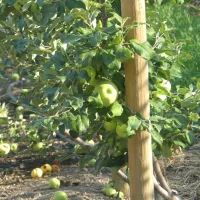
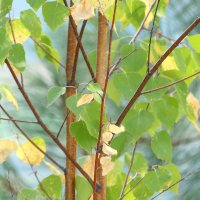

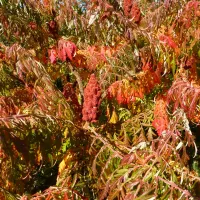


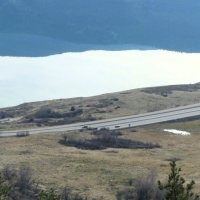
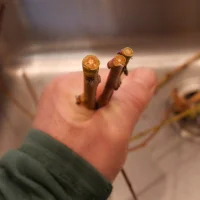
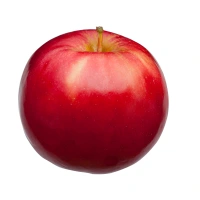
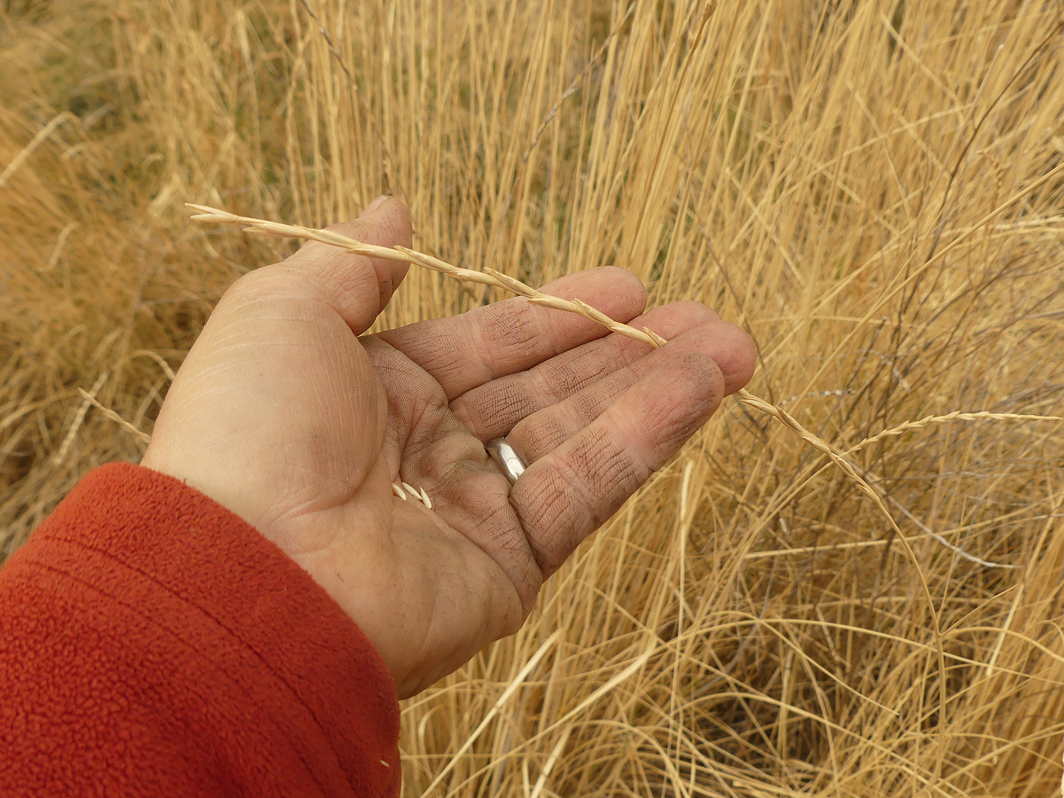


A plan(e)t of mouths, speaking. We’re listening.
LikeLiked by 1 person
I’m sure glad!
>
LikeLiked by 1 person
Such a great perspective and philosophical approach… Even photographs are talking on their own, your expressions, your explaining are amazing… How enjoyable and exciting to read…
Poetry and nature… this is another wonderful point that you mentioned… Made me to think, that I have never looked in that way… I mean the difficulties of the words in nature, especially with their original names… Do you know dear Harold, in my own language the names change… I mean, for example there is a bird, that I have seen at first time in my life and how lucky it was I saw it in my city a few weeks ago. I posted their photographs. When I searched, I learned who they are… Their original name is “common myna or Indian myna”… but in latin language its name “Acridotheres tristis”… Then I wanted to find and learn in my own language too. It was surprise for me because it was something different, we call them “Çiğdeci”, means “who loves jujube (the fruit)”…
Between languages, and cultures and of course botanics names there are always differences… You really made an amazing and interesting point.
Thank you, fascinated all your photographs, and some of them like a poetry too.
Love, nia
LikeLiked by 2 people
Thanks for the great bird story. Names are mysterious. In English, world is really the word whirl. It is the energy a woman’s skirts make when she is dancing, or a hurricane makes, circling in the ocean. So, that’s good to remember: we are dancing!
>
LikeLiked by 2 people
Is the biome way of describing things more helpful: northern boreal includes moose, bear, actinomycetes, fungi, bacteria, nuthatch, vireo, marten, weasel, etc.? Or on a smaller scale (cf. The Farm as Ecosystem, Jerry Brunetti), is the front yard not “grass and flower beds” but downy, hairy, flicker, junco, chickadee, grey jay, shrike, mule deer, etc., another way that begins to describe richness and interrelationships?
LikeLike
Sure. I had in mind energy systems. But a carpet is useful, too.
>
LikeLike